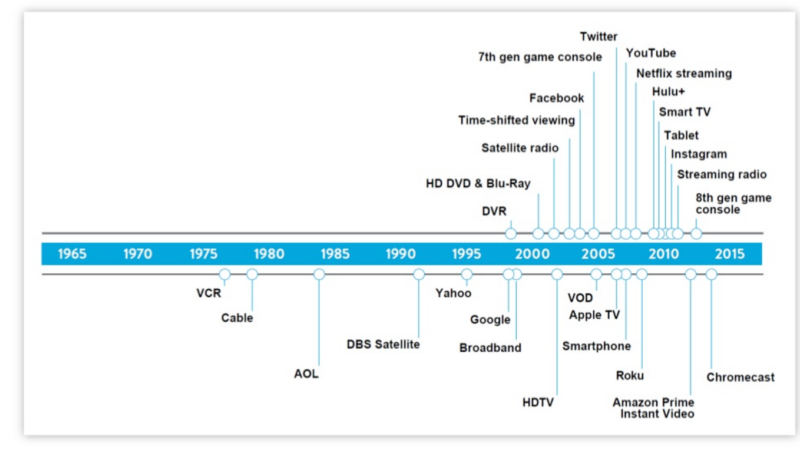Who’s Afraid Of UGC?
At the Consumer Electronics Show a few weeks ago, Bill Gates posited that the future of technology will be “user-centric.” Personalization is a trend we see everywhere, from preferred libraries on iPods and TiVOs to Facebook videos that combine personal and public content. In the world of online video, content owners are now starting to give consumers more control as they seek to drive interaction and impressions.
From what I’ve seen, one of the biggest reasons that video content producers have historically limited interactivity is due to their fear of losing control, either of the asset itself in a piracy situation, or of the message/intent of the original content. Although these are valid concerns, they are easily overruled by the added time interacting with the brand and the added viral factor that content interactivity delivers. As online video becomes ubiquitous in ’08, look for a shift in attitude about user-generated content from savvy content owners and publishers.
Consumers are leading the way. A Jan. ’08 survey by the Pew Internet & American Life Project found that 48% of Internet users said they had ever visited a video-sharing site, and this increases to over 70% for those between 18 and 29 years old. The report also points out that daily traffic to such sites on a typical day has doubled in the past year. These are all great stats, but what’s not reflected is the added effect of allowing consumers to change, modify, and personalize content they view online.
Today, when content owners think about user-generated content (UGC) and video sharing, they tend to think of YouTube — which conjures images of low-quality homemade videos or of illegal copies of mainstream programming. But personalized video encompasses more than these extremes; at its best, consumers can be invited to interact with professional content to make it their own.
A few examples: The Doritos Superbowl competition, which invited consumers to create ads and supplied various stock images and music. Recent presidential campaigns have asked voters to create content supporting their candidates. And LucasFilm, legendary for keeping tight control over its content, recently shared video selections so that its fans could put themselves in “Star Wars” adventures. A few thoughts for content owners and publishers considering taking the plunge:
§ People are invested in what they create. By allowing users to interact with video grabbing clips, mixing them with their own content, adding music — they will spend more time on a Web site and are more likely to send to friends.
§ You can protect your brand while making it more available to consumers. There are a range of tools publishers and content owners can put in place to increase the comfort level — from automated applications that reject certain text, to call-center-like human screening of personalized videos before they are permitted to go live.
§ You are already living with the risk. So why not benefit from it? Your content probably already lives on several sites outside of your control and on blogs with commentary your PR team didn’t pre-approve. By embracing personalization, you can engage users on your Web site, letting them virally market your brand while you capture the statistics and learn from it, even monetize it. Yes, there will always be examples of UGC unflattering to its subject, but it would take an incredible amount of negativity to offset the upside — free marketing, and possibly an added advertising revenue stream.
When it comes to online video, content is valuable, but personalization is the key to driving meaningful brand interaction and inciting viral sharing.


